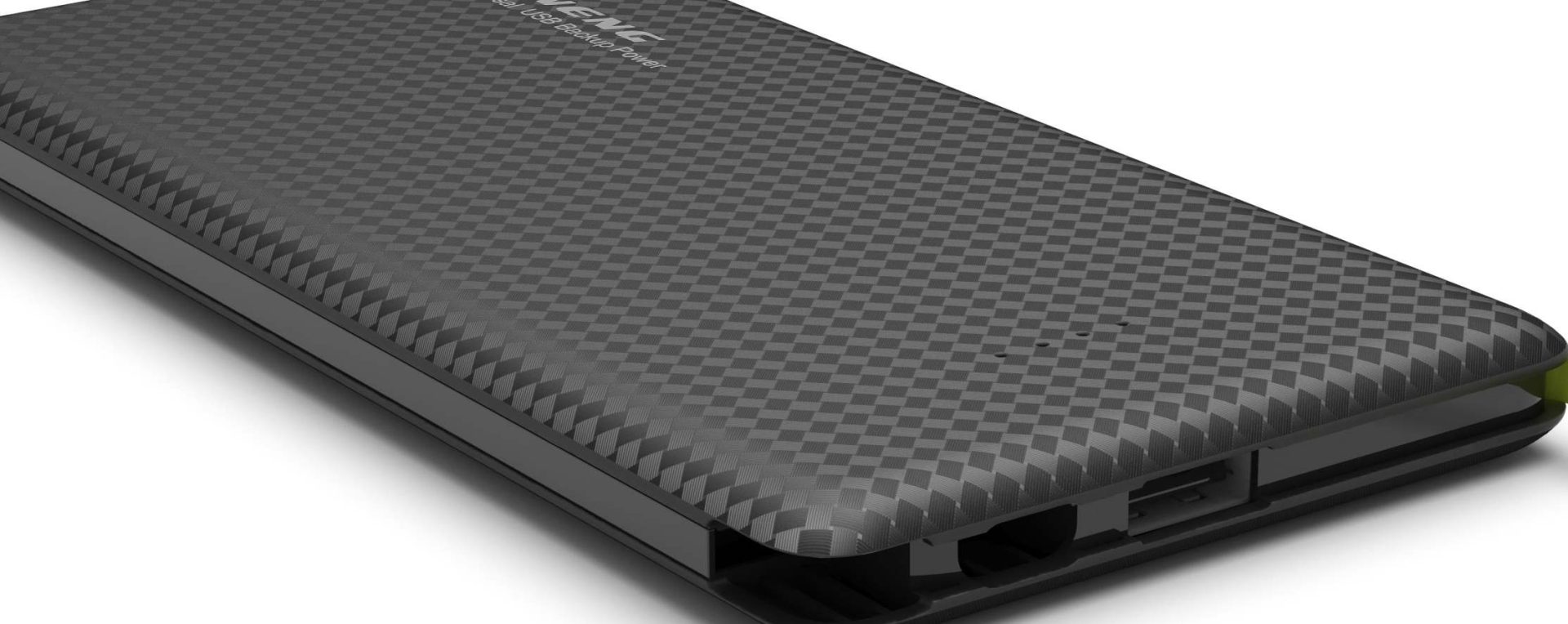In today’s fast-paced digital world, smartphones have become an essential part of our lives. From staying connected with loved ones to managing our daily tasks, we rely heavily on these devices. However, one crucial aspect that often goes unnoticed is the smartphone battery. Understanding the different types of batteries, their capacity, and lifespan is essential for optimizing the performance and longevity of your device. In this article, we will delve into the world of smartphone batteries, providing you with valuable insights and practical tips.
Types of Smartphone Batteries
- Lithium-ion (Li-ion) Batteries: The most common type of battery found in smartphones is the lithium-ion battery. These batteries offer a high energy density, allowing for a compact design while providing sufficient power. Li-ion batteries are known for their excellent performance, low self-discharge rate, and ability to handle multiple charge cycles. They are widely used due to their reliability and safety.
- Lithium Polymer (Li-Po) Batteries: Another popular choice for smartphone batteries is the lithium polymer battery. Li-Po batteries are similar to Li-ion batteries but offer a more flexible and lightweight design. They can be molded into various shapes, making them ideal for slim and sleek smartphone designs. Li-Po batteries also have a lower risk of leakage and can provide higher capacities compared to Li-ion batteries.
Understanding Battery Capacity
Battery capacity refers to the amount of charge a battery can store, typically measured in milliampere-hours (mAh). The higher the capacity, the longer your smartphone can run without requiring a recharge. When choosing a smartphone, it’s important to consider your usage patterns and select a device with an adequate battery capacity to meet your needs.
Factors Affecting Battery Lifespan
- Charging Cycles: Every time you charge your smartphone, it counts as one charging cycle. Over time, the number of charging cycles a battery can handle decreases, leading to a reduced lifespan. To prolong your battery’s lifespan, it is advisable to avoid frequent full discharges and instead charge your device in shorter intervals.
- Temperature: Extreme temperatures, both hot and cold, can negatively impact battery performance and lifespan. It is recommended to avoid exposing your smartphone to excessive heat or cold, as it can cause irreversible damage to the battery.
- Charging Habits: Charging your smartphone overnight or using fast chargers regularly may seem convenient, but it can affect your battery’s lifespan. It is best to charge your device in short bursts and avoid overcharging.
Tips for Optimizing Battery Performance
- Enable Battery Saver Mode: Most smartphones offer a battery saver mode that helps conserve battery life by limiting background activities and reducing performance. Enabling this mode can significantly extend your battery’s runtime.
- Manage App Usage: Some apps consume more battery power than others. Identifying and managing power-hungry apps can help optimize battery performance. Close unnecessary apps running in the background and disable auto-sync features for apps that are not frequently used.
- Adjust Screen Brightness: The display is one of the most power-consuming components of a smartphone. Lowering the screen brightness or enabling auto-brightness can help conserve battery power.
- Disable Unused Connectivity Features: Features like Wi-Fi, Bluetooth, and GPS consume battery power even when not in use. Turning off these features when not needed can help extend battery life.
- Keep Software Updated: Manufacturers often release software updates that include battery optimizations. Keeping your smartphone’s software up to date ensures you benefit from these improvements.
In conclusion, understanding smartphone batteries is crucial for maximizing the performance and lifespan of your device. By knowing the different battery types, capacity considerations, and implementing battery-saving tips, you can ensure that your smartphone remains powered up when you need it the most. Remember, a well-maintained battery leads to a seamless smartphone experience.

